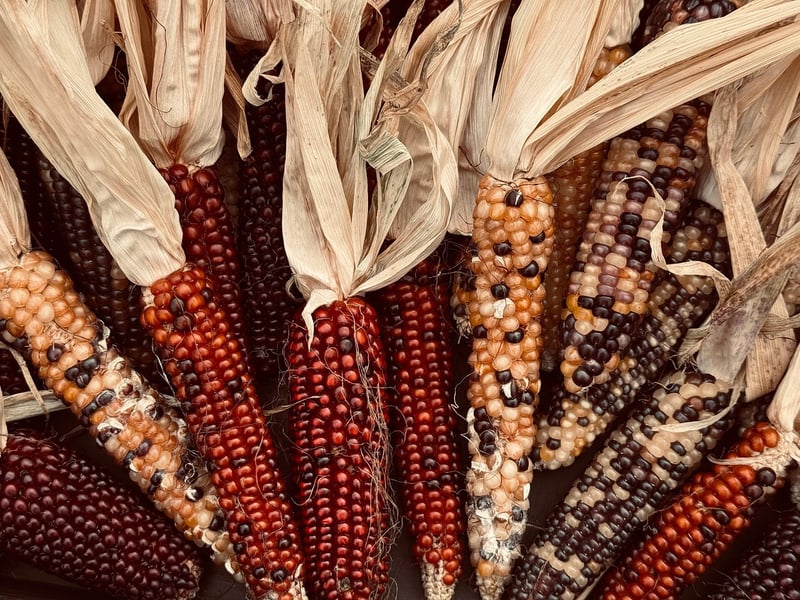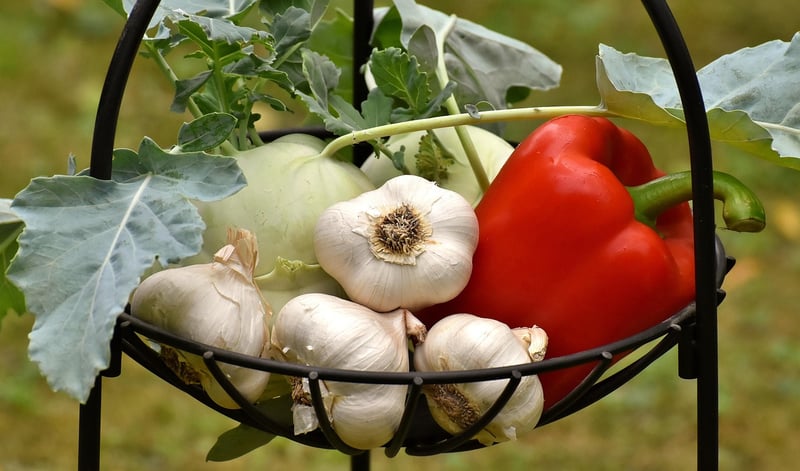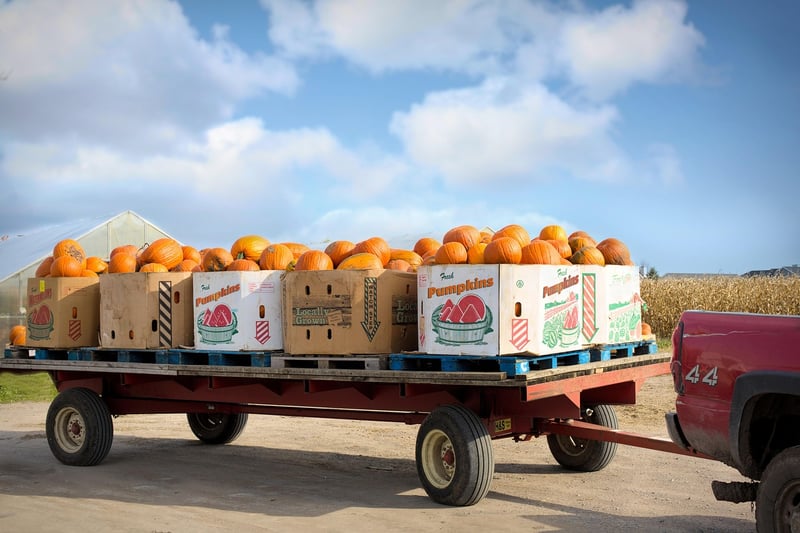Post-Harvest Storage
Guidance on Harvesting Produce and Post-Harvest Storage
Introduction
Harvesting produce is a crucial step in the farming process that ensures the quality and freshness of fruits and vegetables. Proper post-harvest storage further extends the shelf life of these products, helping farmers maximize their yields and profits. In this guide, we will explore essential tips for harvesting produce and best practices for post-harvest storage.
Harvesting Produce
Harvesting produce at the right time is key to obtaining flavorful and nutritious fruits and vegetables. Here are some tips to ensure a successful harvest:
1. Timing
Harvest fruits and vegetables when they are ripe but still firm to avoid spoilage during transportation and storage.
2. Handling
Use proper tools and techniques to harvest produce gently to prevent bruising or damage that can reduce quality.
3. Storage
Have suitable containers ready for harvesting and ensure proper ventilation to maintain freshness.
Post-Harvest Storage
Proper post-harvest storage helps preserve the quality of produce and minimizes losses. Follow these tips for effective post-harvest storage:
1. Temperature Control
Store fruits and vegetables at the appropriate temperature to slow down the ripening process and extend shelf life.
2. Humidity
Maintain optimal humidity levels to prevent wilting or dehydration of produce.
3. Ventilation
Ensure proper air circulation to prevent the buildup of moisture, which can lead to mold and spoilage.
Conclusion
By following these guidelines for harvesting produce and post-harvest storage, farmers can maintain the quality of their crops, reduce waste, and deliver fresh produce to consumers. Implementing best practices in harvesting and storage is essential for a successful farming operation.


For more information on harvesting produce and post-harvest storage, visit Agriculture.com.
